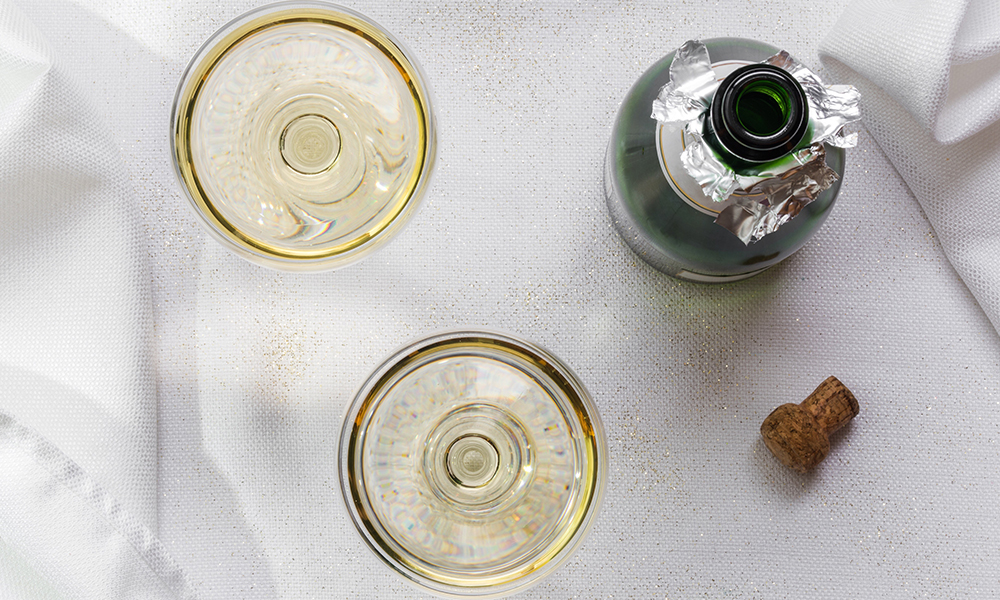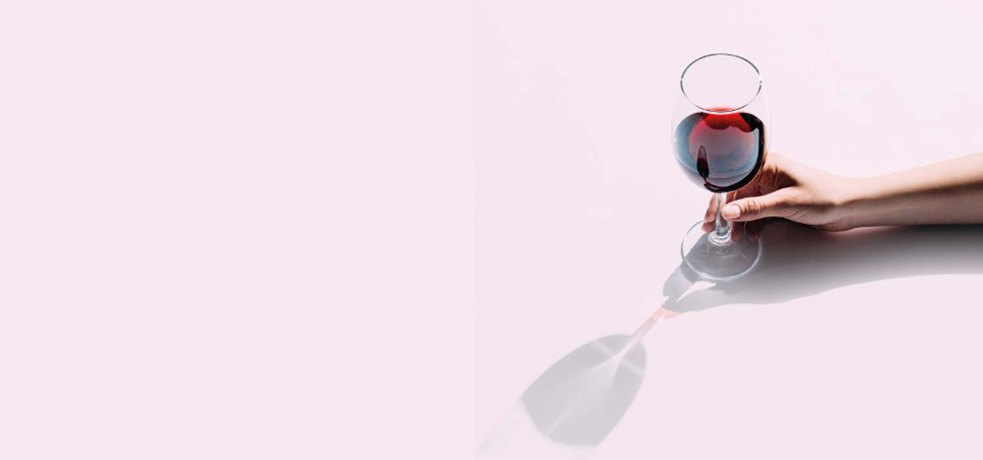

THE GRApe
- The Grape
Why is Champagne the Drink of Celebration?
Read Time 3 Minutes
Posted 31 Aug 2022
By Vintage Cellars
From ‘christening’ ships to toasting in the New Year, champagne has become synonymous with celebration.

But why on special occasions, when there are so many types of wine to choose from, do we tend to reach for a bottle of the famous sparkling white wine? According to historians, it all comes down to a sophisticated mix of royalty, religion and smart advertising.

A Spiritual Experience
It all started in 5th Century France when the recently crowned King Clovis received his first Holy Communion using locally-sourced wine from the Champagne region.
It’s unlikely that the wine used by the Bishop would have been anything like the light, sparkling liquid we know and love today. Instead, it would have almost certainly been a dull, reddish, flat concoction, known colloquially as ‘grey wine’.
The bubbles didn’t come into the picture until a few hundred years later when a Benedictine monk named Dom Pérignon mastered the technique of effervescence (as it was then called) and the texture started to gain popularity among the social elite.
Nevertheless, its deeply spiritual significance, combined with the royal seal of approval, established the drink as a powerful cultural icon that would lead the way for millennia to come.

A Favourite Among Kings
Fast forward a few centuries to the mid-1800s, and the drink had become a staple part of court life for the French Royals and their friends. So much so in fact, that during a ball held by Madame de Pompadour at Paris’s Hôtel de Ville, guests consumed an excess of 1,800 bottles in one night.
Even the French Revolution wasn’t enough to stop it in its tracks. While a number of the country’s most prominent aristocrats lost their heads to ‘Madame Guillotine’, those who’d managed to escape intact, were toasting their victories all over Europe with some of the best champagne vintages available.
What’s more, ‘regular’ members of society were starting to get in on the action, as champagne prices started to decline. It still wasn’t affordable as an everyday table wine, but it was cheap enough that they could splash out on special occasions.


It Was Time For a New Age of Advertising
Between 1800 and 1850, champagne production sored from 300,000 to 20 million bottles per year. This, combined with the ease of shipping, brought on by the Industrial Revolution, meant that more people than ever could enjoy the sweet taste of champagne for the first time.
For the likes of Möet et Chandon, Veuve Clicquot and Taittinger, this presented an opportunity that was too good to miss – and they got to work investing big money into a suite of advertising campaigns that would position the wine as the ultimate go-to celebratory drink.
As Kolleen Guy points out in her book, When Champagne Became French, on the wine’s history, “Newspaper advertisements, particularly around holidays like Christmas and New Year associated family gatherings with Champagne.”
She goes on to quote a particular observer of the time who stated that the increased use of champagne at festive gatherings was “a charming fashion that [was] becoming more common”.
Even important celebrities were advocating on behalf of the sparkling wine, with the likes of Coco Chanel and eventually Winston Churchill extrapolating its virtues. “Remember gentlemen, it’s not just France we are fighting for, it’s Champagne,” he said during a powerful war time speech. The elixir of joy had come to represent all that was good, prosperous and victorious – qualities that we human beings have held dear to hearts for time immemorial.
A Time to Celebrate
Champagne has lost none of its allure. Presenting a bottle at a Christmas table still adds a special touch of celebration. So, with Christmas and New Year just around the corner, why not pop open a bottle of Cattier Vintage Champagne? This richly textured champagne offers plenty of character and exquisitely balanced acidity, leading to a fresh, dry finish.
If a non-vintage bottle is what you’re after, we’d recommend Baron de Villeboerg Champagne Brut NV or Moutard Brut Grande Cuvee NV Champagne, both classic labels that are sure to impress this festive season.
Cheers to that!
- The Grape
- View More Posts The Grape
Related Products
Charles de Cazanove
50 AUD









